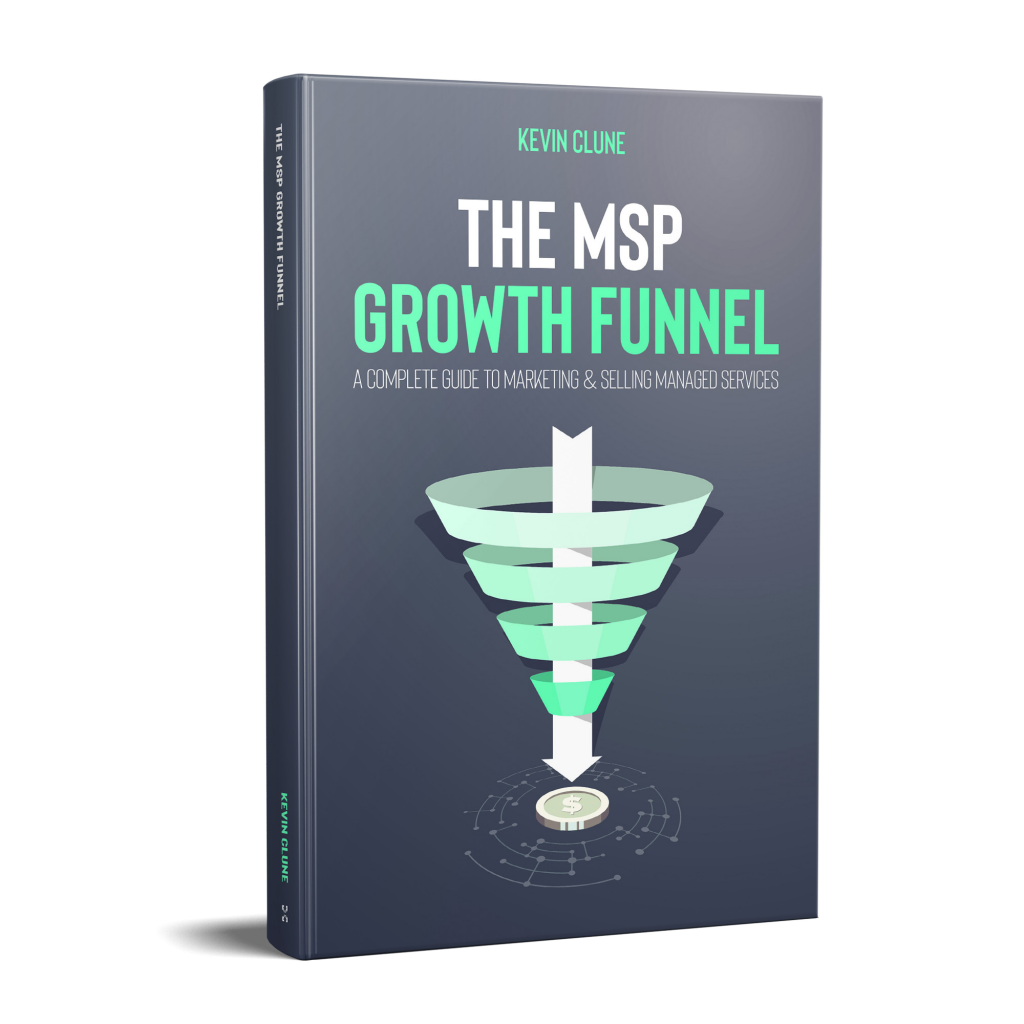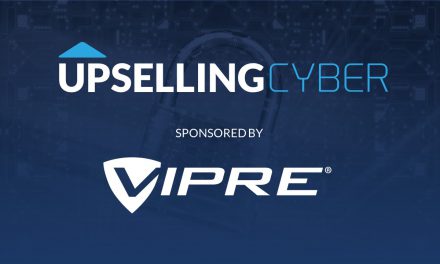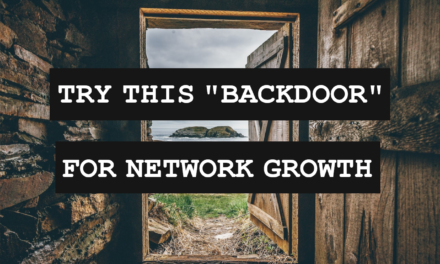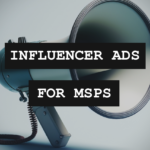Close Your Managed Service Deals Faster with These Sales Tactics
One of the biggest pain points that MSPs have is the length of their sales cycle. When it takes 3-6 months to close a deal, it can be difficult to make decisions regarding the effectiveness of your sales tactics, the quality of your leads, or the talent of your sales team. If you are trying to grow your business, you don’t have a year’s worth of salary to throw away on a bad sales person, or thousands of dollars to pay a marketing vendor for bad leads. This is why constantly optimizing and shortening your sales cycles is a crucial part of setting yourself up for growth. Here are a few ways we found to close deals faster and shorten your sales cycle.
Loss Leader Services
A “loss leader” is simply a product or service that is sold to attract customers. This should not be your core service offering that drives profit ,but more so a mass-market product or service that every company needs. For an MSP, it is a likely an offering that you have a high enough margin on that you can sell it at a loss (i.e. VoIP, Office365, Backup).
An important part of a loss leader is that the customer should be able to make an “apples to apples” comparison with the service. For example, your VoIP service might be better than your competitor’s and you probably have a hundred reasons why. However, having an effective loss leader means positioning it for price and price alone. In this case, cutting your prospect’s phone bill in half and selling VoIP at cost is a great way to get your foot in the door to eventually sell other services when the buyer is ready.
Knowing what your loss leaders are and attempting to convert on them first can get the sales process heating up very quickly. This is especially true when the leads are originated from cold outbound sales attempts and the prospect is not an inbound lead looking for a particular service or has a specific pain point.
Contract Buyouts
One of the most common objections that you may get during the sales cycle is that the prospect is very interested in switching services but they are currently under contract. In some cases, their contract may be up in only a few months time but because they feel as though their “hands are tied” and they fear transition, they fail to act. This often drags on for several months of follow-ups only for the salesperson to find out that the prospect auto-renewed with their current provider, by lack of action on their part.
If the contract is large enough, you should evaluate the cost of offering them a contract buyout. This is when you offer to pay the penalty for them to break the contract with their existing provider if they agree to switch to your service. It is likely that you would have to pay out the remainder of their service contract, but if there is only a few months left than the reward of getting the contract might be far greater than the financial risk.
If you are going to offer a buyout, make sure to factor in how long it will take you to recoup the expense and factor that into the contract length. You may need to extend your typical contract term by an addition 6-12 month to reach profitability on the back-end of the contract.

READY TO SELL MORE IT CONTRACTS? GET THE COMPLETE STRATEGY YOU NEED TO MAKE IT HAPPEN.
Letter of Intent (LOI)
The Managed IT sales process requires a lot of upfront work that can create a loss if you do not convert the customer. Quite often the prospect has a laundry list of issues that need to be resolved as part of the on-boarding. The discovery of their environment to properly quote these projects can take up hours of resource time. It is common for MSPs to be hesitant in putting forth the effort and resources necessary to scope a customer early in the sales cycle, most likely from being burned by tire-kickers in the past.
Having a readily available Letter of Intent (LOI) and getting a signature from your prospect ensures that they are in-fact negotiating in good faith and are not leveraging you for free IT advice. There are some parts of an LOI that are binding (such as non-disclosure) but most are not, which is by design. It is best to have your Business’s attorney originate this document for you to ensure it fits the needs upon which you intend to use it.
The intention of the document is not to create a binding formal agreement. Its primary purpose is to ensure that both parties have a mutual interest and can willingly expend necessary resources to take next-steps in the discovery process without risking financial loss. If you are more than a few weeks into negotiation with a customer and they are not willing to sign an LOI than it is best to refocus your follow-up and engagement time on other prospects that are more serious buyers.
Automated Sales Funnel
MSPs that do not have proper sales and marketing infrastructure in place often attempt to sell their service at the top of the “funnel” before their prospect is ready to buy. The prospect might have shown an interest in your content or might have wanted to hear more about what you do, but that doesn’t serve as a direct indication that they are a qualified buyer of your service right now.
This is why having a sales funnel and integrating your marketing efforts into a cohesive system is so important. Leads should be nurtured through automation for as long as it takes for them to be in the position to buy. Sometimes this takes a few weeks or most often it is several months. Constantly pitching and following up on leads before they are ready is a waste of sales resources and ultimately does more harm than good.
Instead, creating a prospect funnel that generates inbound appointment setting for your sales team will allow them to focus on closing deals instead of weaving around gatekeepers. Since the leads are already informed about your services and have a comfort with your brand, you can now speed through the sales cycle without friction.
Break/Fix Their Pain Point
Prospects usually decide that they want to seek the help of an IT professional when their business has a problem. Sometimes this pain point is their existing IT provider or a result of their quality of work (or lack there of) but it is a technical issue none-the-less. In this case, the prospect’s buyer motivation is more about resolving this issue and less about switching Managed Service Providers.
This is where a lot of MSP Sales Professionals tend to go wrong. They attempt to stay “on script” and pitch an expensive all-in Managed Services contract, creating an all-or-nothing scenario for the buyer. Suddenly, there is a lot more risk on the buyer’s side of the table and with risk comes hesitation (which equals time added to the sales cycle).
If you know your prospect is an ideal customer, you should just offer fix their problem on a T&M basis at a high enough rate to ensure profitability. For example, if its a non-profit organization that has frequent email issues because they are still using POP3/IMAP , just send them a quote to migrate them to Office365 or whatever email product you sell. Once they see your quality of work and become comfortable with your service, it will be much easier to close that Managed Service contract that you were shooting for.
All of these examples are ways to create less friction in the sales cycle. Put yourself in the buyer’s shoes and think about what causes hesitation. Once you become in-tune with this process and can quickly identify causes of friction, you will naturally close deals faster and better manage your time selling through the process.

SPONSORED BY ZEST
















